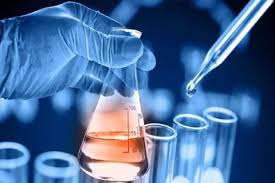Synthesis Process
- Chlorination: PVC can be usefully modified by chlorination, which increases its chlorine content to or above 67%. Chlorinated polyvinyl chloride (CPVC) is produced by chlorination of an aqueous solution of suspension PVC particles followed by exposure to UV light, which initiates the free-radical chlorination
- Polymerization Mechanisms: The synthesis and structure of PVC buy 80532-66-7 involve radical and other polymerization mechanisms. The features of solution, bulk, suspension, and emulsion polymerization of vinyl chloride are described, along with the terminal structure and defect structures introduced in the chain during the polymerization process
- Fiber Synthesis: The synthesis of fibers from the waste of PVC has been successfully achieved using the electrospinning method. PVC solutions are made with solvents such as N, N dimethylformamide (DMF), tetrahydrofuran (THF), and dimethylacetamide (DMAc), with the effects of PVC concentration on the morphology and diameter of fibers being observed
Industrial Applications
- Versatile Material: PVC is used in an enormous range of domestic and industrial products, from raincoats and shower curtains to window frames and indoor plumbing. Its versatility and durability make it a widely utilized synthetic resin
Conclusion
The synthesis of PVC involves the chlorination of vinyl chloride and various polymerization mechanisms, resulting in the production of a versatile and widely used synthetic resin with diverse industrial applications.

